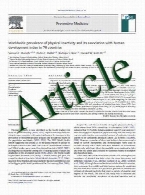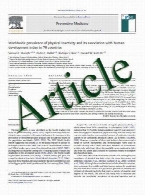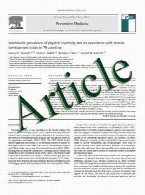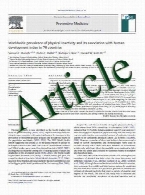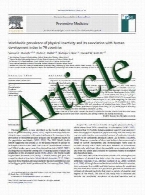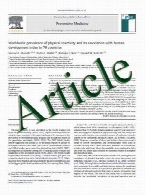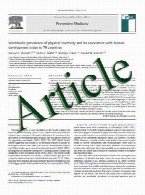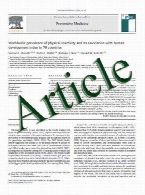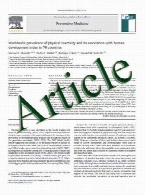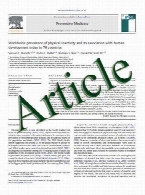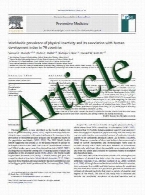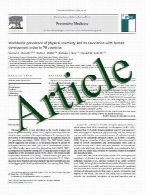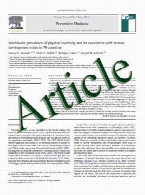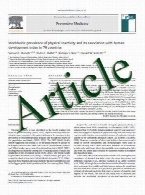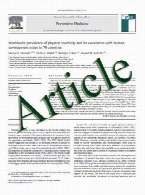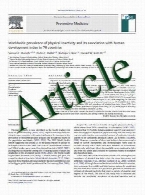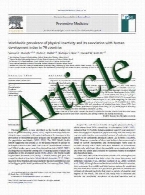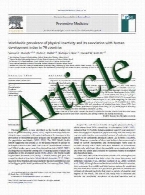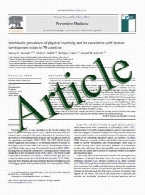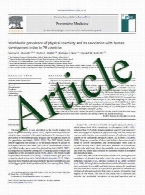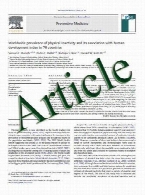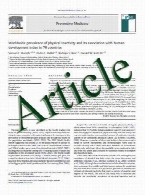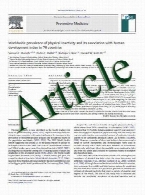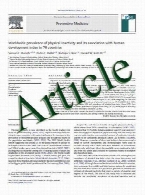

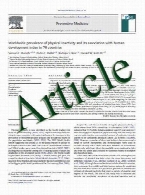
Augmentation Cystoplasty
Noninvasive Positron Emission T ...
The importance of inflammation to atherothrombosis has led to the pursuit of noninvasive imaging methods to measure inflammation within the arterial ...
Emerging Approaches for Cardiov ...
Stem cell therapies offer potential therapeutic alternatives for coronary artery disease, myocardial infarction, and heart failure. To a lesser exte ...
Imaging Myeloperoxidase Activit ...
Inflammation and oxidative stress play central roles in the pathogenesis of atherosclerosis and outcomes such as myocardial infarction and stroke. T ...
Microparticle-Based Molecular M ...
MRI is well suited for imaging vascular disease as it provides excellent soft tissue contrast and spatial resolution of the vessel wall. By generati ...
Imaging of Oxidation-Specific E ...
Oxidative stress, and in particular oxidation of lipoproteins, is a hallmark of atherosclerosis. Upon entry of lipoproteins into the vessel wall, a ...
Premise, Promise, and Potential ...
Invasive device-based therapies for drug-resistant hypertension are undergoing active clinical investigation. The two approaches are 1) permanent im ...
Identification of Left Ventricu ...
Noninvasive imaging modalities are often used to manage patients with cardiovascular disease. Cardiovascular magnetic resonance (CMR) is increasingl ...
Cardiac Magnetic Resonance in H ...
Hypertrophic cardiomyopathy is a fascinating and complex disorder with substantial variability in phenotypic expression and natural progression. Rec ...
CT Perfusion: Ready for Prime T ...
Advancements in computed tomography (CT) technology have revolutionized clinical practice, particularly regarding the noninvasive assessment of coro ...
CT Coronary Calcification: What ...
Calcium score (CS) is a useful tool in evaluating the risk of cardiovascular events in asymptomatic patients. The absence of detectable calcificatio ...
FDG PET Imaging and Cardiovascu ...
The underlying pathologic mechanism of most acute coronary syndromes is atherosclerotic plaque rupture. One cause of rupture is plaque inflammation, ...
Thromboembolic Risk and Anticoa ...
Periprocedural thromboembolic and hemorrhagic events are complications of percutaneous radiofrequency catheter ablation (RFA) of atrial fibrillation ...
Interventional Management of As ...
Carotid artery stenosis is a major risk factor for stroke and transient ischemic attack. Although carotid endarterectomy is the established gold sta ...
Update on Surgical Management f ...
The management of asymptomatic carotid stenosis has been a topic of considerable debate. In this article, we aim to critically review the recent lit ...
Intensive Medical Therapy for A ...
The majority of carotid revascularization procedures are done in patients without recent symptoms of cerebral ischemia (asymptomatic carotid stenosi ...
Stroke Prevention in the High-r ...
Medical management of patients with atrial fibrillation (AF) at high risk for stroke is limited by problems of imperfect tools for assessment of thr ...
Percutaneous Mitral Repair: Pat ...
Percutaneous heart valve therapies are rapidly changing our approach to valvular heart diseases. Currently, mitral valve surgery is the treatment of ...
Hedgehog Pathway Inhibitors: Po ...
The Hedgehog (Hh) signaling pathway is a developmental pathway with important roles in embryogenesis, epithelial-mesenchymal transition, stem/progen ...
Insulin-Like Growth Factor Path ...
The insulin-like growth factor (IGF) pathway plays an important role in cancer development, survival, metastasis, and resistance to antineoplastic t ...
Future Directions in Overactive ...
Overactive bladder (OAB) remains a remarkably common urologic condition resulting in significant clinical and economic sequelae. Although likely und ...
Treatment of Neurogenic Voiding ...
The neurophysiology of volitional voiding is a poorly understood and constantly evolving field. Some of the most difficult clinical problems in urol ...
Augmentation Cystoplasty
Although more conservative measures are used as first-line treatment of patients with overactive bladder and for those with small capacity, low-comp ...
Expanding the Role of Neuromodu ...
From the time that it was granted US Food and Drug Administration approval, neuromodulation has secured a firm position in the treatment algorithm f ...
Topical Pharmacotherapy for Ove ...
The mainstays of treatment for overactive bladder are antimuscarinic medications. Oral formulations are limited by low patient adherence secondary t ...
Clinical Differences Between So ...
Overactive bladder (OAB) is characterized by involuntary detrusor contractions that result in bothersome urinary symptoms. The estimated US prevalen ...

